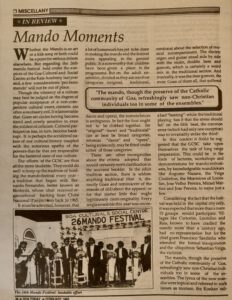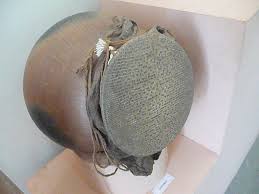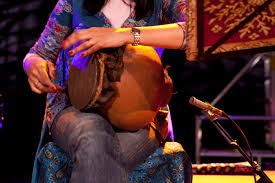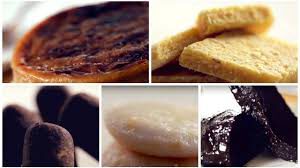
Whether the Mando is an art or a folk song or both could be a point for serious debate elsewhere. But regarding the 26th mando festival held under the auspices of the Goa Cultural and Social Centre (GCSC) at the Kala Academy last year end, a few considerations ‘pro bono mando’ will not be out of place.
Though the vibrancy of a culture may best be judged on the degree of popular acceptance of a non-competitive cultural event, contests are often a necessary evil. It is lamentable that Goan art circles having become timid and overly sensitive to even the mildest of criticism. Cultural participation has in turn become bankrupt. It is perhaps the accidental nature of our cultural history coupled with the notorious apathy of the powers-that-be that are responsible for the battered state of our culture.
The efforts of the GCSC are thus all the more laudable. They could do well to keep up the tradition of holding the mando festival every year – a tradition that began with Bernardo Fernandes, better known as Benferds, whose ideal received organisational backing from Clube Nacional (Panjim) way back in 1965.
It must be admitted, however, that a lot of homework has yet to be done in making the mando and the festival more appealing to the general public. It is noteworthy that children have been given a place in the programme. But on the adult ensembles, divided as they are into four categories (original, traditional, dance and opera), the nomenclature is ambiguous. In fact, the four ought not to be clubbed together, for “original” (new) and “traditional” can at best be broad categories, whereas “dance” and “opera”, being styles only, may be fitted under either of those categories.

There are other incongruities about the criteria adopted that would certainly merit clarification in the souvenir booklet. In the adult tradition section, there is seldom anything traditional (that is, distinctly Goan and reminiscent of the mando of old) about the apparel; or for that matter little that might legitimately claim originality. Every single ensemble this year was unconventional about the selection of musical accompaniment. The electric organ and guitar stood side by side with the violin, double bass and gumott, which is certainly a weird mix in the traditional section. And ironically, it was the dear gumott, the most Goan of them all, that suffered a bad “beating”: while the traditional playing has it that the stress should fall on the fifth beat, the common error (which had only one exception) was invariably to strike the third!
In this context it could be suggested that the GCSC take upon themselves the task of long range preparation. This could be in the form of lectures, workshops and demonstrations for mando enthusiasts, by knowledgeable manddekars like Augusto Nazaré, the Veiga Coutinhos, the Monteiros of Loutulim, José Velho Pereira, Micael Martins and José Pereira, to name just a few.

Considering the fact that the festival was held in the capital city only, it was expected that more than a mere 15 groups would participate. Villages like Curtorim, Loutulim and Raia, known to have cradled the mando more than a century ago, had no representation but for the chief guest Francisco Sardinha who attended the formal inauguration, and the ubiquitous Sebastião Veiga, the violinist.
The mando, though the preserve of the Catholic community of Goa, refreshingly saw non-Christian individuals too in some of the ensembles. The lyrics of the new mandos were topical and referred to such issues as tourism, the Konkan railway, drug addiction, unemployment, crime and the Konkani language. That the mando is a love song was spicily highlighted by the compere with his inimitable brand of jokes. At least two groups in the original category pinched the music of some well-known dulpods – an affront to all manddekars in the audience, and which should have fetched them a disqualification.

To enhance the festival spirit, is would certain pay to recreate the olden ambience of the mando, not only on stage but outside it. For instance, Goan sweets and delicacies could be made available during the intermission. To foster a greater involvement of the audience, a traditional dress contest could be held in the auditorium itself. Finally, in an effort to popularise literature and audio-visual material on the mando, the works of Agapito de Miranda, Antscher Lobo, Lúcio Rodrigues, Lourdino Barreto, José Pereira and Micael Martins could be exhibited and sold. This would mean a service to the general public and a fitting tribute to the past and present masters of the mando.
(Goa Today, February 1993)